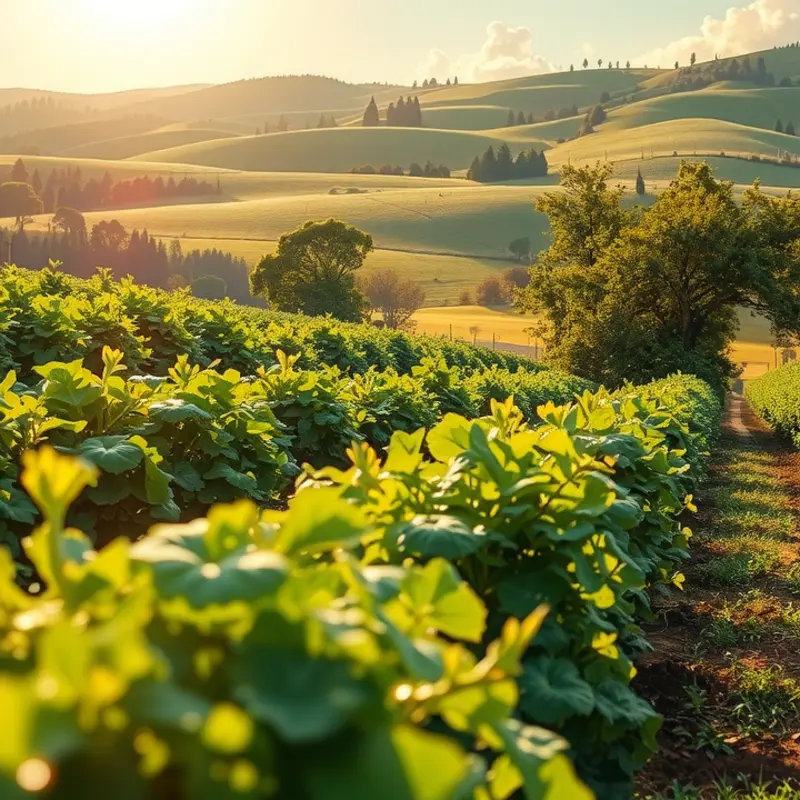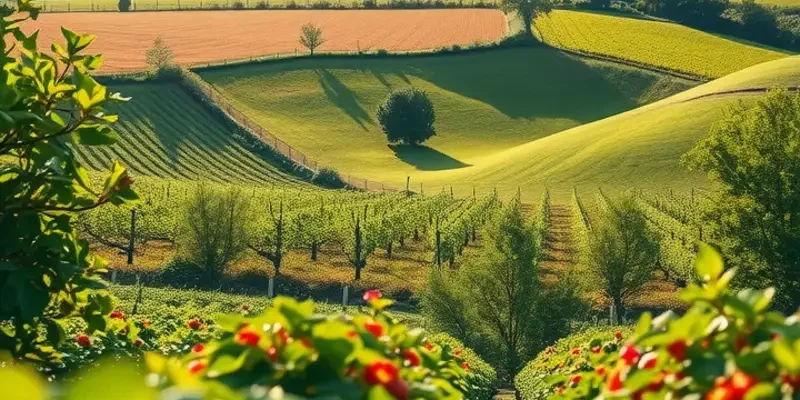Balkan cuisine offers a captivating tapestry of flavors, influenced by centuries of history, culture, and geography. Spanning countries like Serbia, Croatia, Bosnia, and Montenegro, the food is a reflection of the region’s vibrant traditions. From hearty meats to vibrant vegetables and fragrant spices, the culinary landscape of the Balkans invites food enthusiasts and culturally-curious readers to dig deep into its roots. Join us as we explore two significant aspects of this unique cuisine, unveiling dishes that tell stories of the region’s people, heritage, and shared experiences.
Heritage on a Plate: The Traditional Balkans

Balkan cuisine is a testament to the region’s rich history and diverse cultural tapestry. Its traditional dishes, like sarma, ajvar, and pljeskavica, weave a story of resilience and community. Rooted in time-honored practices, these dishes are not only sustenance but relics of a culinary past that continues to thrive in modern kitchens.
Sarma stands as a culinary emblem in many Balkan households. Originating from the Ottoman influence, these cabbage rolls are typically stuffed with a savory mixture of minced meat, rice, and a medley of spices. Each family often boasts its unique twist, varying the ingredients slightly to suit local tastes. The rolled cabbage leaves, slow-cooked in a flavorful tomato-based sauce, reflect a harmony of flavors reminiscent of the shared histories of the Balkan states.
Meanwhile, ajvar showcases the region’s love for fresh, simple ingredients. This vibrant pepper spread is traditionally made from roasted red peppers, eggplants, and garlic. During autumn, families gather to roast and peel piles of peppers, filling the air with the aroma of charred skin. Ajvar serves as an essential accompaniment to many meals, its production an annual ritual signifying preservation and communal spirit. The spread delights with its ability to enhance any dish, embodying the Balkan preference for foods with bold, yet uncomplicated flavors.
Pljeskavica, often dubbed the Balkan burger, highlights the region’s affinity for grilled meats. Typically a mixture of beef, pork, and sometimes lamb, these patties are seasoned with spices that capture the essence of the local palate. Grilled to perfection, pljeskavica is commonly served with onions, a sprinkle of paprika, and a side of flatbread. It’s not just a dish but a social event, where the preparation acts as a focal point for gatherings and celebrations.
The distinctive flavors of Balkan cuisine owe much to the ingredients native to its varied landscapes. The focus is often on fresh vegetables, robust meats, and aromatic spices. Staples like paprika and garlic are frequently used, anchoring many dishes with their depth of flavor. Moreover, the abundance of fresh produce supports a great variety of vegetarian options, showcasing the adaptability of these traditional recipes.
Understanding the impact of ingredients on flavor profiles opens up innovative ways to recreate these traditional dishes while maintaining their authenticity. For those interested in exploring alternative seasonings or healthier options, discovering flavor boosters without salt can provide inspiration.
Ultimately, Balkan cuisine serves as a flavorful reminder of simpler times, with each dish a reflection of regional history and identity. For those who encounter it, whether through travel or the kitchens of the global diaspora, it provides an unforgettable exploration of taste and tradition.
Modern Interpretations: Fusion and Innovation in Balkan Cooking

The Balkan Peninsula, known for its vibrant tapestry of culinary practices, is currently undergoing an exciting transformation. Contemporary chefs in the region are creatively bridging historical techniques with innovative methods, crafting dishes that brilliantly resonate with modern palates. This fusion of flavors blends tradition with modernity, celebrating the region’s culinary evolution.
Chefs are infusing Balkan cuisine with global influences, drawing inspiration from Mediterranean, Middle Eastern, and Asian culinary traditions. For example, traditional cevapi, a beloved Balkan meat dish, is now being served alongside Asian-inspired slaw. This fresh take not only adds a burst of flavor and texture but also emphasizes the chef’s ingenuity in marrying familiar Balkan tastes with international flair.
Local ingredients remain at the core of these modern interpretations. Emphasizing seasonal produce, chefs are transforming humble staples like peppers, aubergines, and cabbage into sensational dishes. Fermentation, a time-honored preservation technique, is being revisited with a contemporary approach, where local vegetables are used to create bold pickles and condiments that enliven the palate.
Innovation in the Balkan cooking scene also extends to baking. Bread, a staple in the region, is experiencing a renaissance. Chefs are experimenting with ancient grains and slow fermentation processes, producing artisanal loaves that capture both tradition and current tastes.
Restaurants across the Balkans are pioneering this culinary revolution. Urban dining spots in cities like Belgrade and Sarajevo let patrons explore new dimensions of Balkan flavors. These establishments create menus that tell the story of the region’s past while inviting guests to enjoy a taste of its promising future. Dish examples include modern moussakas layered with unexpected ingredients or burek with fillings inspired by neighboring cuisines.
The success of this culinary movement lies in the delicate balance between preserving authenticity and embracing novelty. Chefs aim to introduce innovative methods without overshadowing the region’s culinary identity. This intricate dance reflects a larger global trend of repurposing traditional foods to align with contemporary dining preferences.
As these modern interpretations capture the hearts of locals and travelers alike, they present an opportunity to experience the Balkans anew. For those eager to dive deeper into the evolving world of Balkan cuisine, examining sustainable practices becomes essential. Exploring ideas such as eco-smart kitchen storage can provide insights on incorporating sustainability into this exciting culinary journey.
In this transformative period, Balkan cuisine is not merely adapting but flourishing, showcasing an extraordinary richness and diversity that continues to captivate and inspire a global audience.
Final words
Balkan cuisine is a vibrant, multi-faceted world that beckons exploration beyond its borders. With each dish, there lies a story rooted in history, culture, and innovation. As food enthusiasts dive into the traditional staples and embrace modern interpretations, they will find that Balkan flavors not only delight the palate but also connect people across regions. Whether savoring a simple sarma or indulging in a contemporary fusion dish, each tasting experience resonates with the rich tapestry of the Balkans. Discover these flavors, and let them inspire your adventures in cooking and culture as you explore this captivating culinary landscape.








